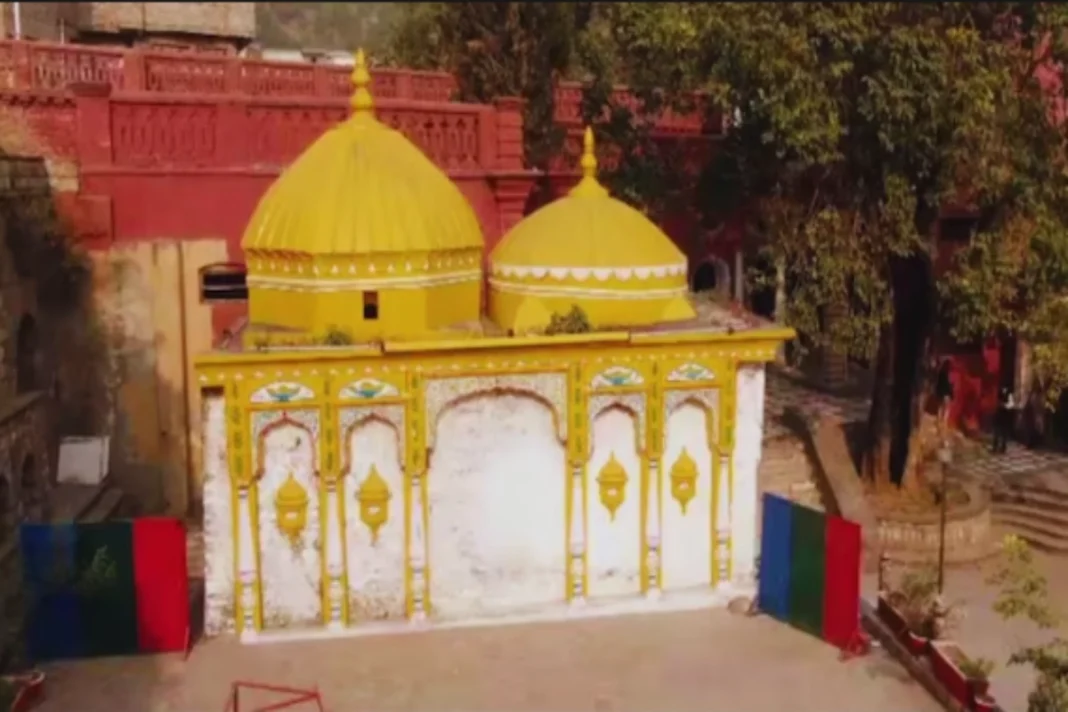Ayodhya Ram Mandir: Ram Mandir is the topic of the day because the massive Ayodhya temple is scheduled to be dedicated on January 22. Ayodhya has transformed into a city that represents the life of Lord Rama in every nook and cranny, and preparations and ceremonies have already started. In the middle of all of this, there’s a conversation about a Ram temple in Pakistan and when Lord Ram lived there.
Significance of Ram Mandir
Hindus place considerable importance on Ram Mandir, also known as Ram Kund Mandir, a 16th-century temple located in Islamabad’s Margalla Hills. But the idols have been taken down, and Hindus are not permitted to worship there. The historical building in Sadipur, Pakistan, is currently a popular tourist destination that draws many of visitors.
The Sixteenth-Century Temple’s Location Near Islamabad
Situated near Islamabad, the small temple from the sixteenth century is dedicated to the Hindu deity Lord Ram. It is believed by Hindus that Ram, together with his brother Lakshmana and wife Sita, spent some time in the region during their 14-year banishment.
This notion is further reinforced by the “Ram Kund,” a pond next to the temple from where it is stated that Rama drank water. The temple is a straightforward red brick one-story building. The idols of Rama, Sita, and Lakshmana are positioned on an elevated platform in the middle of the courtyard, which is rectangular in shape.
Tracing Lord Ram’s Life through Annual Fairs at the Pond
Annual fairs honouring the life of Lord Ram were held at the pond next to the location, according to official documents from 1893. For centuries, Hindus from all over the world came to worship at the temple and resided in the nearby dharamshala.
However, Pakistani authorities have prohibited Hindus from worshipping at the temple and the compound where it is located since 1947, when the country was divided. The Rama Mandir Temple complex was transformed into a girls’ school the same year that Islamabad city was founded on the edge of the Punjab plains in 1960. The school was relocated in 2006 following years of protests by the Hindu community, and the temple was eventually demolished. Hindus were still prohibited from worshipping there, though.
Ram Kund Mandir Absorbed into Tourist-Oriented Hub
Nowadays, the shrine has been completely absorbed by a tourist-oriented strip of eateries and handicraft shops. Now a polluted stormwater channel passes through the village in place of the freshwater ponds that originally ringed the area and were revered by the Hindu community.
The Sikhs built a gurdwara next to the temple, which doubles as a school to disseminate Guru Nanak’s teachings. Protests and conversations supporting the temple’s reopening to Hindu worship are still going strong.
Keep watching our YouTube Channel ‘DNP INDIA’. Also, please subscribe and follow us on FACEBOOK, INSTAGRAM, and TWITTER


